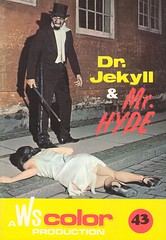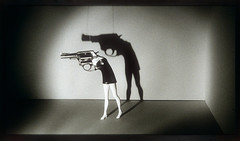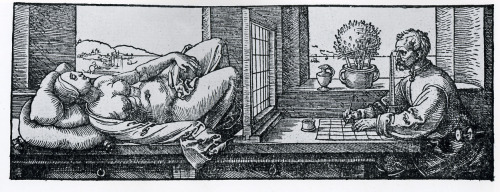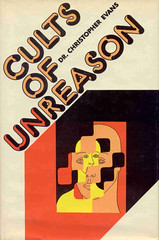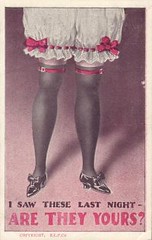- See male gaze, female gaze
Following the comments of Lichanos on Icons of erotic art #21, here is some info about the concept of the gaze in visual culture.
The concept of gaze (often also called the gaze or, in French, le regard), in analysing visual culture, is one that deals with how an audience views the people presented. The concept of the gaze became popular with the rise of postmodern philosophy and social theory and was first discussed by 1960s French intellectuals, namely Michel Foucault‘s description of the medical gaze and Lacan‘s analysis of the gaze’s role in the mirror stage development of the human psyche. This concept is extended in the framework of feminist theory, where it can deal with how men look at women, how women look at themselves and other women, and the effects surrounding this. A key text regarding the male gaze is Visual Pleasure and Narrative Cinema (1975) by Laura Mulvey. Outside of visual culture, the concept of the gaze is connected to voyeurism.
Iconic images that represent the gaze is Kiki staring close-up in the camera in Ballet Mécanique (1924, above) [1]; Un Regard oblique (1948) by Robert Doisneau ([2]) and Sophia Loren eyeing Jayne Mansfield’s décolleté (ca.1957/58), a photograph by Joe Shere ([3]).


